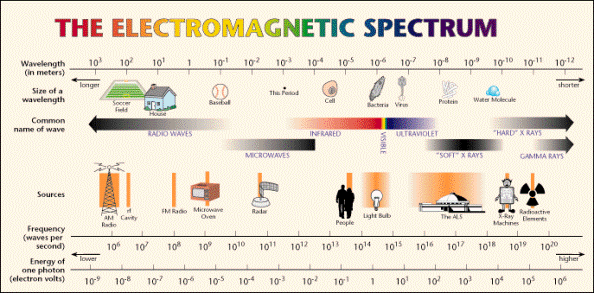
A B C D E F G H I J K L M N O P Q R S T U V W X Y Z SOURCES



 From: MicroWorlds.
From: MicroWorlds.




















| Glossary Sources |
|---|
|
Geer, Ira W.(Ed.). (1996). Glossary of Weather and Climate.
Boston: American Meteorological Society.
"MicroWorlds". Berkeley Lab. 1996. avail: https://www2.lbl.gov/MicroWorlds/ "National Weather Service (NOAA)" avail: https://w1.weather.gov/glossary/ |
